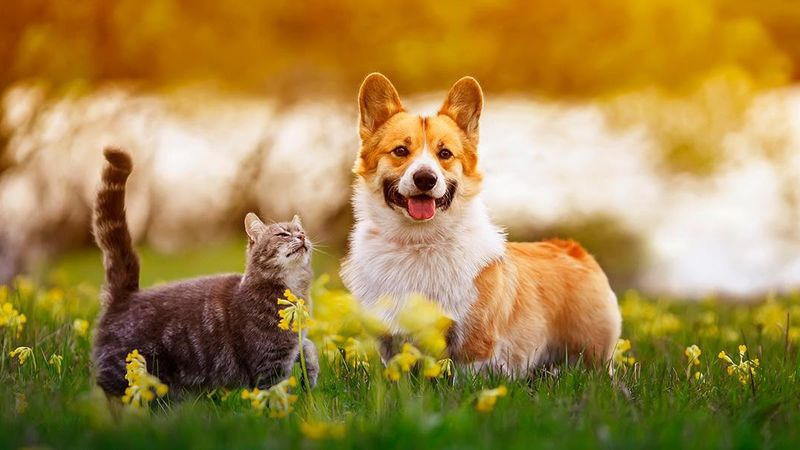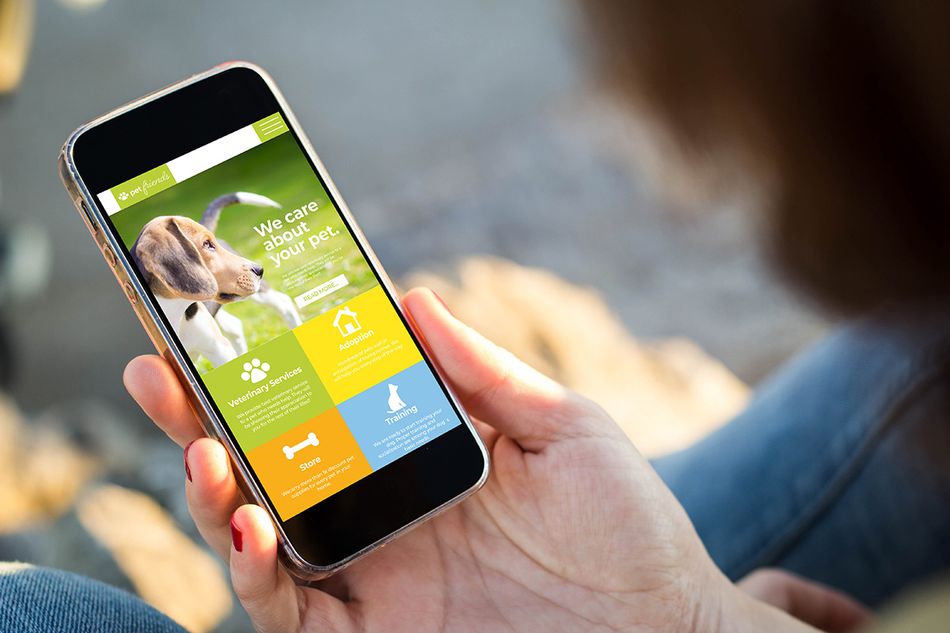PetTech: IoT Will Change the Way We Live with Our Pets
In light of such changes in society, interest in PetTech (pet × technology) utilizing the latest technologies is increasing year by year. This time, we introduce the latest technologies that will bring comfort and safety to life with pets by making full use of artificial intelligence (AI) and IoT.

Increasing Number of Pets Owned and Evolving PetTech
It is said that more than 800 million pets such as dogs and cats are kept worldwide. (Statista "Dog and cat pet population worldwide 2018") The term companion animal is spreading as a description of animals that live with people as companions and members of the family, unlike pets, which are unilaterally loved and cared for by their owners. In this way, there are signs of changes in the way pets are viewed and the feelings for them.
In addition, with the tendency to stay at home due to the spread of COVID-19, more time is being spent with pets at home, and the number of new dogs and cats being kept is increasing in Japan. (Japan Pet Food Association "2021 Nationwide Survey of Dog and Cat Breeding" ) The association has said that this has had a positive psychological effect on people who started keeping a pet after the outbreak of COVID-19, noting that “the presence of pets will become more important to society” and “for owners, pets are important, bringing the same or even greater joy than their family members.”
In light of such changes in society, interest in PetTech (pet × technology) utilizing the latest technologies is increasing year by year. This time, we introduce the latest technologies that will bring comfort and safety to life with pets by making full use of artificial intelligence (AI) and IoT.
Verbalizing Pet’s Emotions with AI
Although pets may establish emotional bonds with people, they cannot communicate with language. Many pet owners want to understand their pets’ language in order to make them more comfortable. Several “translation” services have appeared to fulfill this wish.
An app provided by a U.S. company translates cats’ meows into human language in real time, speaking for cat feelings with AI and machine learning. A Japanese company’s translation service uses its own AI to convert dog and cat behavior into messages and convey the condition of pets to their owners who are away. An activity meter equipped with a sensor is attached to a collar and the collected data is analyzed with AI, enabling messages to be sent that tell owners what their pets are up to and how they are doing.
Fitness Robots for Pets
Lack of exercise can also pose risks such as obesity and dementia for pets. That’s why a fitness robot for pets was developed. Equipped with sensors, the robot moves around autonomously while avoiding obstacles, helping pets to get exercise and eliminate stress by playing with and chasing after the robot.
Pet Biometrics
An app that uses the wrinkles on a dog’s nose for biometric authentication has also appeared. According to the Korean company that provides it, wrinkles on dogs’ noses are unique to each dog, like people’s fingerprints. In the app, a dog’s nose wrinkles can be registered using a smartphone camera and linked to the owner’s information, allowing individuals to be identified with no physical burden.
In some countries, individual identification is already carried out with microchips embedded in the body of dogs, and from June 2022, it will be mandatory to install microchips in dogs and cats sold by breeders and pet shops in Japan. This makes it easier to identify owner information if dogs and cats get lost, and helps to prevent animal abandonment. It is expected that this trend will boost the evolution of biometric and individual identification technologies in the future.
New Relationship between Home Appliances and Pets Connected by IoT
More and more electrical appliances around us have features that are designed with pets in mind.
For example, air conditioning with a pet mode provides the most comfortable air-conditioned environment for pets based on the input information. The system calculates the optimum setting temperature according to the type and variety of pet, blowing cold air under the air conditioner based on the characteristic that dogs prefer cool places, but in the case of a cat, automatically switching between cold air and ventilation so as not to cool the room too much. In addition, an application that can be linked to monitoring cameras can keep track of your pets while you are away and can also be useful for health management by counting the number of times a day that they have visited areas for drinking, eating, and toileting by setting those areas up in advance.
The PetTech market is expanding and is expected to grow from $550 million (approximately 63 billion yen) in 2020 to $2 billion (approximately 230 billion yen) by 2027. At the same time, efforts to overcome language and differences, read the feelings of animals, and create a comfortable living environment for them may create new values for humanity and lead to further technological innovation. The development of animal-targeted products and solutions will likely become more meaningful in the future.

If you have any questions based on this article that you would like to discuss with an expert at Murata, don't hesitate to reach out. There's an entire team ready to support you with your question.
